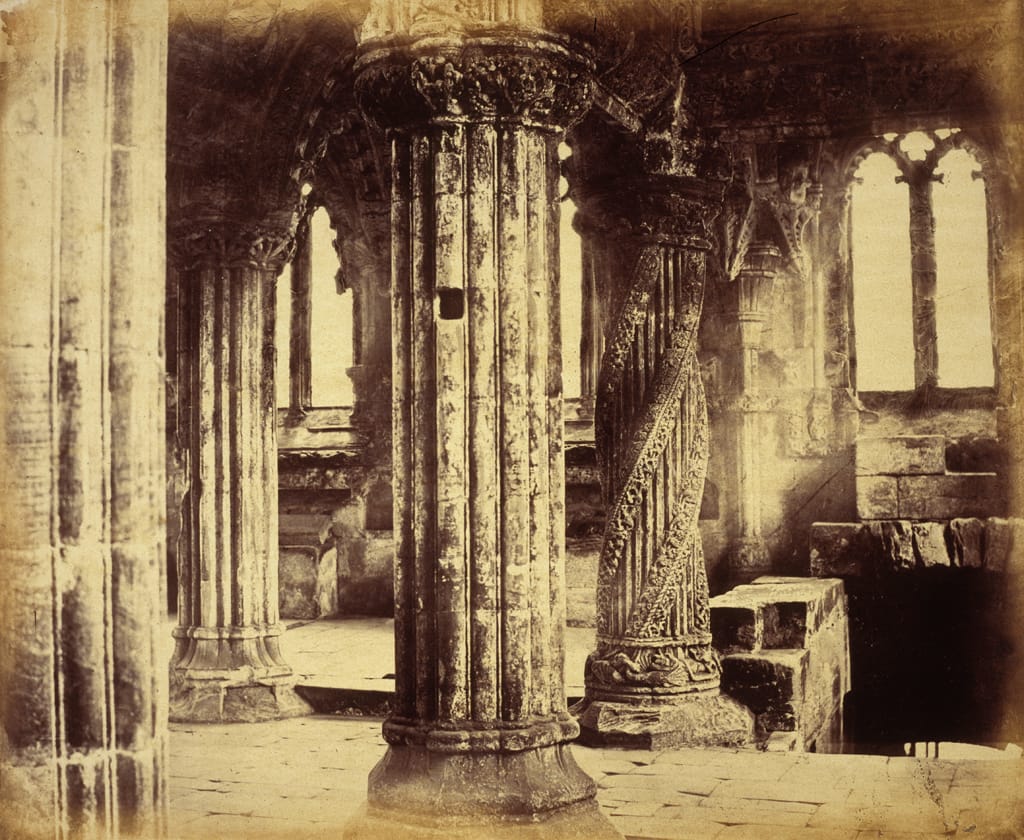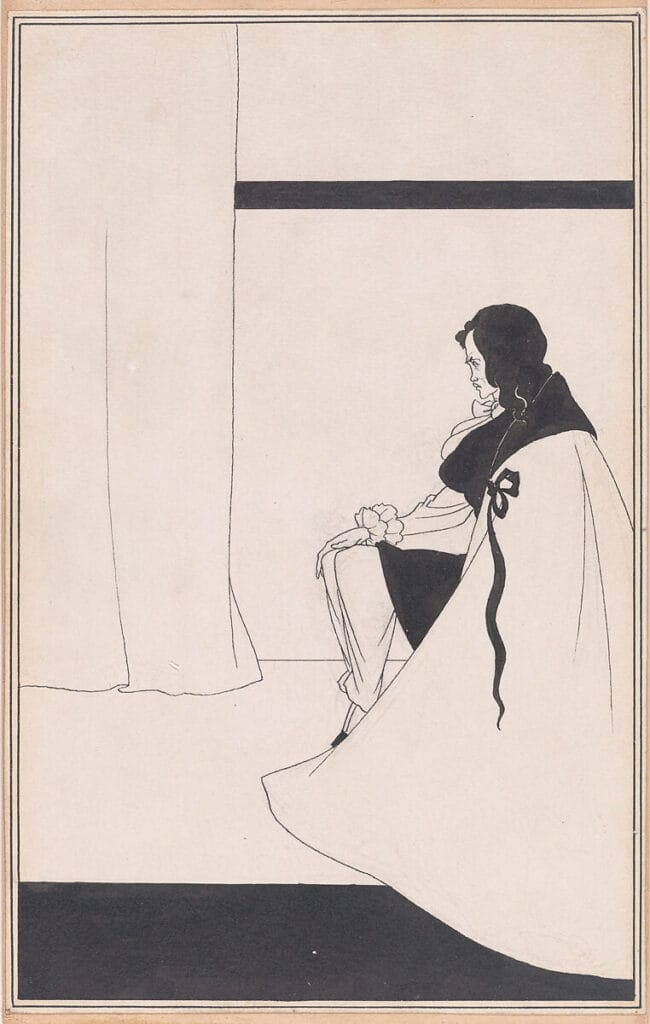
The Fall of the House of Usher | Gloom and decay in Poe’s gothic parable
Author
Year
Format
By
Decay, paranoia, and mental illness all characterize Edgar Allan Poe’s The Fall of the House of Usher. Set in an old gloomy mansion – the house of the Usher family – this short story is a perfect example of gothic horror and is one of Poe’s most representative works.
It first appeared in 1839 in Burton’s Gentleman’s Magazine, a publication to which Poe contributed as editor and author. Later, in 1840, it was included in the first volume of the collection Tales of the Grotesque and Arabesque. In the preface to this collection, Poe wrote that “the epithets ‘Grotesque’ and ‘Arabesque’ will be found to indicate with sufficient precision the prevalent tenor of the tales here published”.
Despite that, he did not clearly define the two terms, generally used to refer to two decorative styles. The author left it to readers to capture the sense of bizarreness and fancy that marks the stories collected. Built on correspondences and Gothic tropes, The Fall of the House of Usher is particularly illustrative of Poe’s style and favorite themes; its enduring legacy and modern media transpositions are evidence of its success.
A crescendo of terror
Poe’s short story opens in a dreadful setting. The unnamed narrator has finally reached Usher’s mansion after its master, Roderick Usher, summoned him to bring him solace. A nervous agitation of mysterious etiology indeed affects Roderick. The effect is that of a constant alternation between excitement, indecision, fear, and a heightened sensibility to smells, noises, and colors.

The decayed appearance of his friend particularly strikes the narrator, but not only. The house itself seems surrounded by an atmosphere that reeks of decayed trees; fungi spread on its walls, and stones appear dilapidated. What causes Roderick’s agitation is his sister Madeleine’s illness. She is mentioned but a few times, and never formally introduced to the guest who sees her just once in passing. When Roderick informs him that Madeleine has died and that her corpse is going to be preserved in the family’s vault, the narrator hopes that his friend might, at last, find some peace. However, Roderick’s agitation and fear increase until, on a stormy night, they reach a climax of paranoia and terror.
Madeleine was, in fact, not dead: she breaks free from her tomb and kills Roderick in revenge. While the narrator is running away from this terrifying scene, a fissure on the mansion’s walls suddenly widens and engulfs the house and its inhabitants. Therefore, the fall of the House of Usher refers to both the moral and physical decay of the family, and to the building itself.
Metaphysical connections
The whole story builds on connections and resonances. The sickening atmosphere that surrounds the house mirrors the decay of Roderick’s soul and his visions and rapturous artistic creations reveal an unstable mind. In this sense, Charles Baudelaire‘s poem Correspondances, part of his 1857 collection Les Fleurs du Mal, seems to respond to Poe’s gothic tale.
Comme de longs échos qui de loin se confondent
Charles Baudelaire, Correspondances, ll. 5-8.
Dans une ténébreuse et profonde unité,
Vaste comme la nuit et comme la clarté,
Les parfums, les couleurs et les sons se répondent.
In this poem, Baudelaire defines Nature as a forest of symbols that speak to each other. Poets can capture this mysterious harmony between colors, smells, and sounds through synesthesia. This rhetorical device allows access to the real meaning of reality and into the connections that bring humans and nature together. Through his artistic endeavors, Roderick Usher had probably glimpsed into the fatal analogy that linked the mansion to the destiny of its inhabitants.
An enduring success
The Fall of the House of Usher has inspired composers like Claude Debussy, novelists like Ray Bradbury, playwrights, and film directors. The most recent transposition is that of the eponym miniseries by Mike Flanagan, first released on Netflix on October 12, 2023. It features Bruce Greenwood as Roderick, Mary McDonnell as his sister Madeleine, and a mysterious and ominous presence played by Carla Cugino, going by the name of Verna, an acronym for “raven”.
This limited series draws from different figures that animate Poe’s novelistic and poetic universe, such as the raven, the black cat, and the character of Arthur Gordon Pym. Each episode takes inspiration and its name from a different tale written by the author. Altogether, the eight episodes manage to depict the atmosphere that is peculiar to The Fall of the House of Usher, characterized by gloomy correspondences and metaphysical questions.
These aspects contribute to the ongoing success of Poe’s short story. His ability to portray the dark side of life resonates with modern readers and appeals to their feelings of insecurity and fear. At the same time, the unity of elements and the cathartic role of art described in the story offer glimpses of a more complex reality than its surface might suggest.
Tag
Buy a ☕ for Hypercritic









